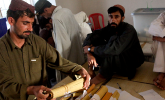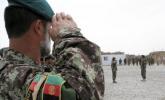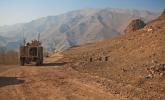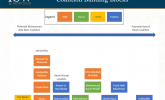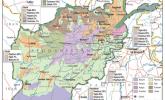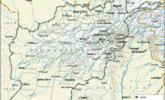Africa File Special Edition: Russia’s Africa Corps Arrives in Niger. What’s Next?
April 12, 2024 - ISW Press
Russian Africa Corps soldiers deployed to Niger on April 12, which will challenge US efforts to remain in Niger in the immediate term—undermining the West’s counterterrorism posture in West and North Africa—and create long-term opportunities for the Kremlin to create conventional and irregular threats that strategically pressure Europe. The Africa Corps contingent in Niger will likely remain small in the coming months because it lacks the capacity for a bigger deployment due to recruitment issues. This small footprint will enable Russia to strengthen its influence in Niger and consolidate its logistical network in Africa without significantly affecting the rapidly escalating al Qaeda and Islamic State insurgencies in Niger. Greater Russian influence and military presence in Niger in the coming years will create several future opportunities for the Kremlin to strategically threaten Europe with energy blackmail, migration influxes, and conventional military threats.



